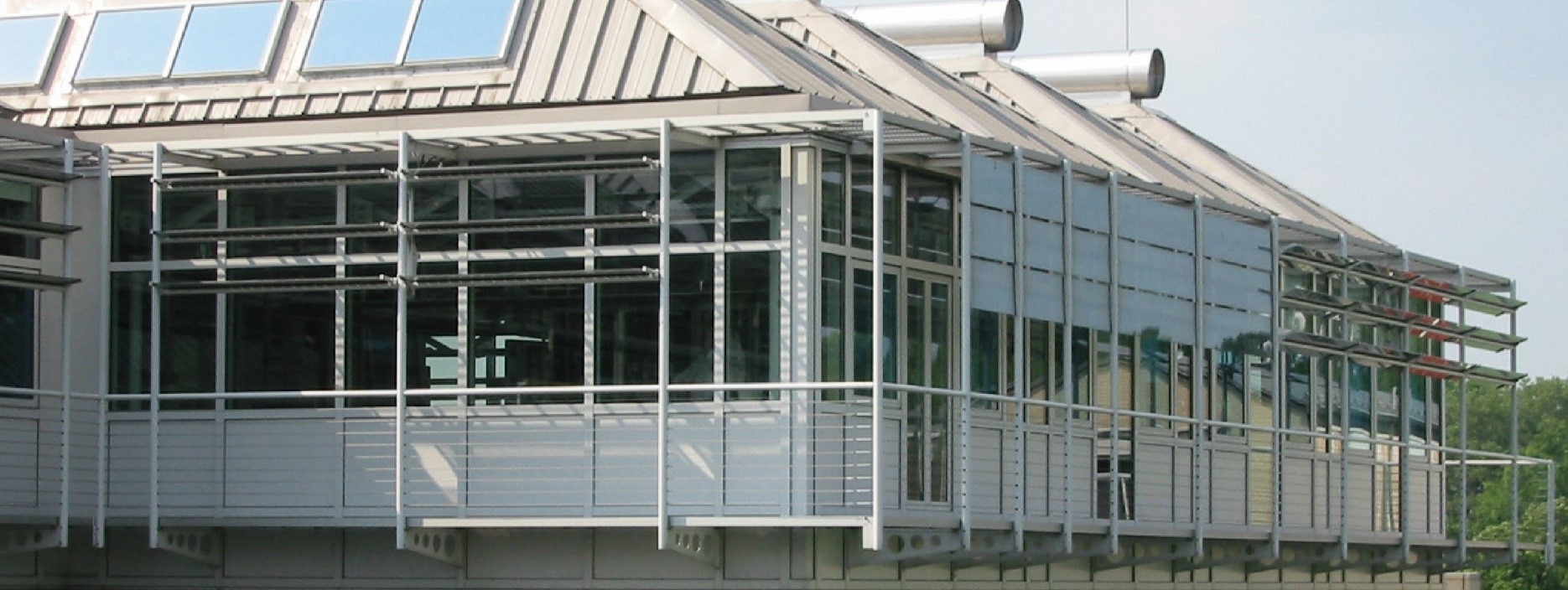Azure ML is Helping CMU Become More Energy Efficient
Posted by Vinod Anantharaman, head of business strategy, Microsoft Information Management and Machine Learning (IMML).
Buildings are powered by multiple systems such as heating, cooling, lighting, ventilation, security and more, each of which affect occupant comfort and energy consumption. Traditionally, each system comes with its own sensors, actuators and the like, and some of these may gather and analyze data specific to that particular system. Because of this silo-based approach to building management, there traditionally has not been a holistic, or dashboard view of the operational efficiency of a building. This has made it challenging to accurately predict energy use or waste.
Based in Pittsburgh, Pennsylvania, Carnegie Mellon University (CMU) is a leading research university with over 12,000 students and 5,000 faculty and staff, and a birthplace of innovation since its founding in 1900. At CMU, the Center for Building Performance and Diagnostics is responsible for developing hardware and software solutions that improve the efficiency of campus buildings while achieving higher occupant comfort.
CMU Center for Building Performance and Diagnostics ©Carnegie Mellon University. All rights reserved.
The Center saw an opportunity to create an integrated, automated system that could increase the energy performance of their buildings and deliver cost savings by predicting energy consumption patterns, detecting faults and taking actions in real-time. Such a system would anticipate heating and cooling needs and adjust thermostats accordingly, and it would alert building managers to repair or replace worn-out parts before they failed altogether.
In pulling together such a predictive analytics system, two of CMU’s primary requirements were:
It had to be easy to implement; and
It also had to be accessible to non-technical personnel.
The Solution
Working in partnership with OSIsoft, the Center created an integrated system to harness all its historical and current sensor data using the power of predictive analytics. Azure Machine Learning is one of a few major components in the CMU solution, which begins with an on-premises PI Server™ that collects sensor data from across the campus, forwards it via Microsoft Azure -based PI Cloud Services™ to a PI Server running in Azure, where an OSIsoft research tool then cleanses, aggregates, shapes, and transmits the data in real-time to an Azure repository, where it is accessed by Azure ML for predictive analytics. The predictive insights are then made accessible through Power BI, with predictions being stored in the PI Server for use by the building systems applications.
The solution was fast, easy, and inexpensive to set up and use. “We immediately began using Azure Machine Learning without having to prepare on-premises software; everything’s ready-to-use in the cloud,” says Bertrand Lasternas, a Researcher at the Center. “It’s significantly easier to use than other tools we’ve tried, and it fit seamlessly with the PI System and Microsoft cloud solution we already had."
Here are a couple of illustrative use cases involving the CMU solution:
A specified building’s temperature needs to be brought up to 72 degrees at the start of business at 9 a.m. The heating system is typically engaged at 6 a.m. or, on warmer days, at 6:30 a.m. But that likely wastes energy and CMU wanted to use predictive analytics to identify the ideal time to start heating the building. Researchers aimed to predict the internal temperature of the building at 9 a.m. using a model that included recent internal and external temperature, anticipated solar radiation levels, and several other factors. Since anticipated solar radiation data was not available, researchers first had to predict this variable. They trained a solar radiation model using a boosted decision tree algorithm in Azure ML, tested the model to confirm its accuracy, and then used it in the internal temperature model to address the question of when to start the heating, resulting in predicted energy savings.
CMU also wanted to address the challenge of fault detection and diagnosis for components that are hidden from visual inspection because they are behind walls or under floors. By using Azure ML on the historical data gathered by the PI System, they are able to predict such faults, resulting in potential cost savings.
The Azure ML solution also fosters collaboration by allowing teams of researchers or graduate students to share workspaces with each other.
Benefits
Based on the experimental results, CMU researchers estimate their solution can cut energy costs by 20 percent. Discussions are underway to implement it campus-wide, where it could save several hundreds of thousands of dollars annually. “The savings come both from reducing energy use and from being able to shift some energy use to hours of lower demand and cost,” says Lasternas.
The CMU researchers envision the PI System and Microsoft Azure supporting not just researchers but also the engineers and technicians who interact daily with building systems. For example, field service technicians could access the insights from predictive analytics on their tablets to check and update remote equipment before it fails. Smartphone notifications could alert engineers to energy demand spikes. Because the solution is scalable and cost-effective, it could be used at building complexes and public-utility systems that cannot be served by traditional solutions.
Customers across a swathe of industries are deploying enterprise-grade predictive analytics solutions using Microsoft Azure ML – you too can get started today.
At CMU, they are anticipating broad new uses for the solution they have built. “We see Azure Machine Learning and the PI System ushering in an era of self-service predictive analytics for the masses,” says Lasternas. “We can only imagine the possibilities.”
Comments
- Anonymous
April 26, 2015
Absolutely coinsiding with earth day, more people should enhance their thinking toward saving
